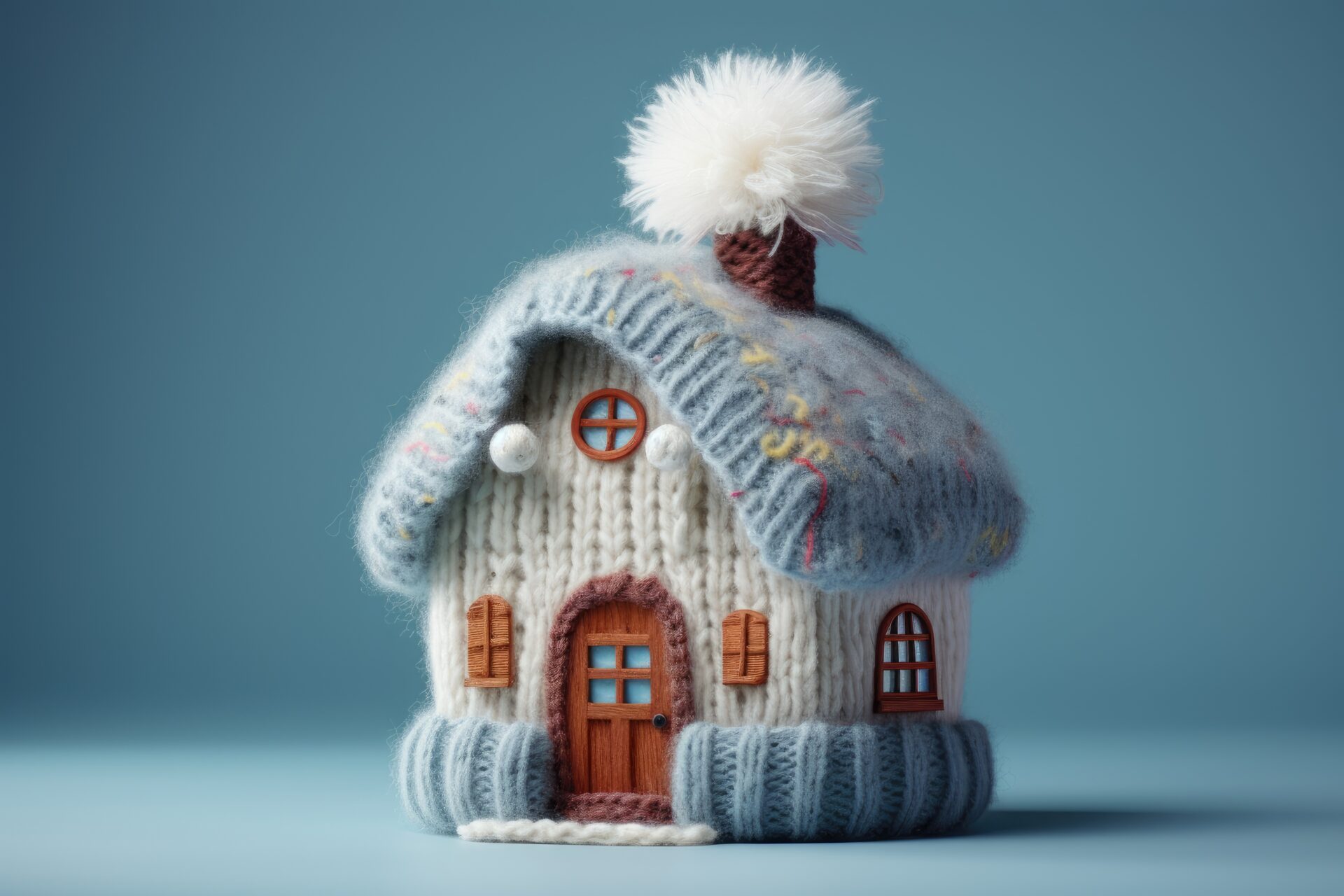There are several things you can do to keep your home warm whilst ensuring you aren’t spending money unnecessarily on fuel bills, especially as we hit the winter months and will see our bills rise significantly. Here are some tips on keeping your home warm this winter.
Maintain your boiler
Prevention is always better than cure, and getting someone out to fix a boiler in an emergency is costly – and you could be without hot water and heating for several days. If you look after your boiler, it will look after itself, so get it checked annually and look into a boiler cover plan so you won’t have any nasty surprises.
Keep your heating on
If you’re going away during the winter months, keep your heating on to a minimum of 14 degrees Celsius throughout winter even when you’re not there, this will avoid frost damage and frozen pipes. Frozen pipes can lead to them bursting, causing leaks and damage to your home. If you have a Hive or Nest system, you’ll be able to check the temperature of your home whilst you’re away, keeping it on an eco setting.
Clear your gutters
It sounds simple, but by ensuring your gutters are clear of debris in the winter you will have rainwater flowing freely which will prevent the guttering from icing up and causing leaks inside.
Prevent draughts
There’s no point in spending money on heating for it to just escape to the outside due to poor draught proofing. Make sure you place draught excluders and check that your windows are sufficiently insulated. Cover cat flaps and letterboxes and check for cracks in the walls. You’ll be amazed at how much you’ll save by keeping your home well-insulated.
Regularly bleed your radiators
Check your radiators are operating properly – making sure that they are hot all over not just at the bottom. If you have any areas of the radiator that are cold when the heating is on, you could have air trapped inside which is preventing the hot water from rising. Use a radiator key on the valve to release the air – you’ll hear it coming out, and once water starts to drip outs turn the valve to close it up. Do this regularly and on every radiator in the home that is in use.
Check your radiator is exposed
It sounds obvious but if you have large furniture covering a radiator, your room won’t warm up and you’ll end up turning up the heat and needlessly spending money on your energy bills. Keep radiators free from obstruction. You could install foil behind your radiator which reflects the heat back into the room. You can buy ready-made foil insulation for this purpose.
Draw the curtains
Thick heavy curtains in the winter will keep the heat in much more than blinds, so make sure you draw these in the evening to maximise the heat in your room. Keep doors closed too as it’s not always necessary to have a warm hallway and warm air will escape with people coming in and out of your home. It’s also a good idea to have a curtain between your conservatory and living room as this can be a very cold room and affect the temperature of the adjoining room.
Use a fireplace or stand-alone heater
If you are only using one room, it could be more economical to use a fire or wood burner or a stand-alone heater that’s cheap to run. This means that you can turn the heat to low for the rest of the house. Wood-burning stoves are a particularly good source of heat because they are sealed with controlled airflow and need much less fuel to create much more heat. In fact, they are 60% more efficient than traditional fireplaces and emit 90% fewer carbon emissions. Small desk fans give a surprising amount of heat so and you can also invest in a heated throw for the evenings when you’re sitting in one place.
Think about your appliances
If you’re inside and the house feels cold the best thing you can do is get baking! After you have used your oven, leave the door open to warm up the kitchen. Simple but effective. This also applies to a tumble dryer and even using a vacuum emits warm air.
Flooring
Make sure you have a good underlay with insulating properties and floor over original floorboards as these often have draughty gaps. During winter you could invest in some rugs to cover a cold slate or wood floor.
Check your chimney
If you have an open fireplace that is merely decorative, but the flute remains open drawing the cold air down through the chimney into your room, install a chimney balloon to block the draft. These wool or laminate devices are placed just out of sight above the fireplace and inflated until they fill the gap.
If you can get your heating bills down, it’ll help you when the time comes to sell your property as the buyer can see what your latest bill payments have been. It’ll also save you money during the expensive winter months.





